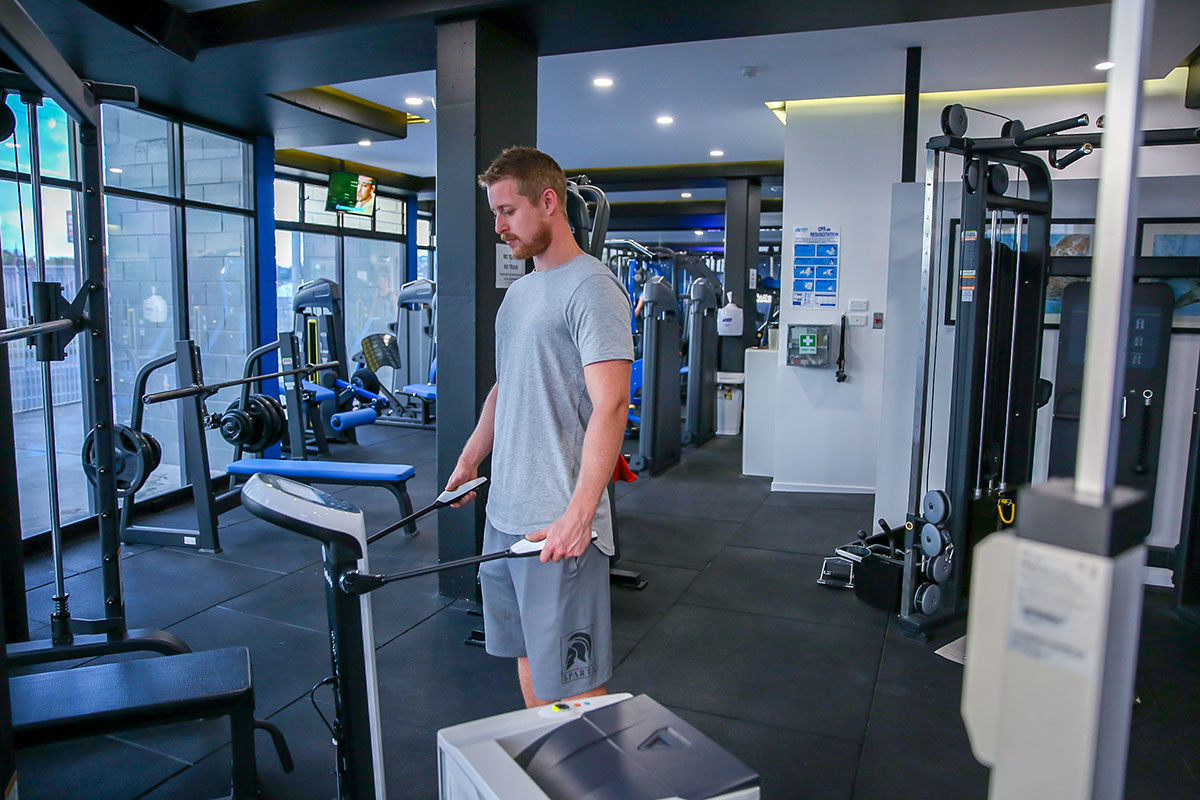What is Wellness and Health?
In a world where prioritizing well-being has become paramount, the Australian wellness, health & fitness landscape stand at the forefront of innovation and adaptation. Wellness isn’t just about being free from illness; it’s a holistic approach encompassing physical, mental, emotional, and social well-being, fostering balance and vitality. Health goes beyond absence of disease, representing optimal physical functioning and vitality. Together, these concepts form the foundation of a thriving society. As we explore the five emerging trends shaping Australia’s wellness, health & fitness scene, understanding the essence of wellness and health is key to embracing change and staying ahead in this dynamic landscape.
In recent years, a global shift towards increased health consciousness has swept across nations, and Australia is no exception. The land down under has witnessed a transformation of trends within the health and wellness industry, reflecting a broader movement towards prioritising physical health and total well-being. The question that now looms large is whether individuals are prepared to adapt to the changing health and wellness landscape, or risk being left behind in this transformative wave.
One of the primary drivers of this evolution is the heightened awareness of the myriad health benefits associated with maintaining a healthy lifestyle. The understanding that regular exercise and a balanced diet are not merely choices but essential components of preventing chronic diseases and promoting overall well-being has become increasingly widespread. Australians are realizing that investing in their health today can yield dividends in the form of a longer, healthier life. Explore the 5 shifts shaping the Australian wellness, health & fitness landscape of 2024:
- New Technology Empowers Enhanced Health Management and Monitoring
Technology and innovation have played a pivotal role in reshaping the health and fitness sector. The advent of fitness trackers, mobile apps, smart scales, and wearable devices has empowered individuals to take charge of their health like never before. With most fitness facilities, and now growing amount of General Practitioners, using Bioelectrical Impedance Analysis (BIA) for body composition analysis, we usher in a new era of precision in health tracking by a new norm of routinely monitoring body fat, muscle mass, and more. Australians aren’t merely establishing health and fitness objectives; they’re equipped better than ever with cutting-edge tools to meticulously track and gauge wellness, health & fitness with unparalleled precision.
- Senior Fitness Takes Centre Stage: A Shift Towards Prioritising Health in Aging Populations
As demographics change, with an aging population becoming more prominent, there is a growing focus on maintaining health and mobility in later years. The desire to stay active, reduce the risk of age-related health issues, and improve the overall quality of life is driving demand for fitness programs and services appropriate to the unique needs of older individuals. Fitness Programs for Older Adults has moved to the number 1 trend for Australia, as reported in 2023 Fitness Trends from Around the Globe. The evolution of wellness, health & fitness is, therefore, not only about catering to the young and active but also about addressing the diverse needs of a population that is living longer and seeking ways to age for longevity.
- Connecting Communities for Fitness and Nutrition
Social media has emerged as a powerful catalyst for the promotion of health and fitness trends. Influencers and fitness enthusiasts leverage platforms to share workout routines, nutrition tips, and personal success stories. This virtual camaraderie is influencing a wide audience, inspiring them to adopt healthier lifestyles. The ripple effect of social media on health consciousness cannot be overstated, as the digital realm becomes a source of motivation and community for individuals on their wellness, health & fitness journeys.
- A Shift Towards Total Wellbeing
The rise of wellness culture marks a paradigm shift towards a more comprehensive approach to well-being. Beyond mere physical fitness, it champions mental health, stress management, and life balance as integral components. From mindfulness and meditation to yoga, breathwork, and even unconventional methods like cold therapy, Australians are increasingly embracing diverse practices to nurture holistic wellness. This holistic perspective acknowledges that genuine health encompasses the harmonious integration of physical, mental, and emotional well-being, reflecting a growing awareness of the interconnectedness of these aspects of our lives.
- Insurers and Employers Team Up to Prioritize Individual Health and Wellness
Workplace wellness has been on the rise in recent years, and the escalating costs of healthcare have prompted insurers and employers alike to recognize the financial benefits of preventive health measures. This collaborative effort signifies a shift in focus with emphasis on proactive measures to enhance employee health outcomes. Insurers are increasingly investing in programs and initiatives designed to promote overall health. These initiatives include subsidized gym memberships, fitness subscriptions, and integrations to tracking and monitoring progress. By taking a proactive approach, insurers and employers are not only fostering a healthier workforce but also reduced healthcare expenses in the long run.
As the Australian wellness, health & fitness landscape rapidly evolves, the imperative to adapt becomes increasingly evident. The convergence of various factors, including technological advancements, shifting societal values, and heightened awareness of holistic well-being, is reshaping how individuals approach their health.
Whether it’s embracing digital platforms to optimize health and wellness tracking, prioritising mental wellness alongside physical fitness, or advocating for workplace health initiatives, the options for proactive engagement are expanding.
The question arises: will you choose to evolve with these changes or risk being left behind? Embracing this shifting paradigm offers not just the promise of better health outcomes but also the opportunity to thrive in a rapidly evolving wellness ecosystem. The decision to keep pace with these changes may well determine not only individual well-being but also success in navigating the future of wellness, health & fitness in Australia.








